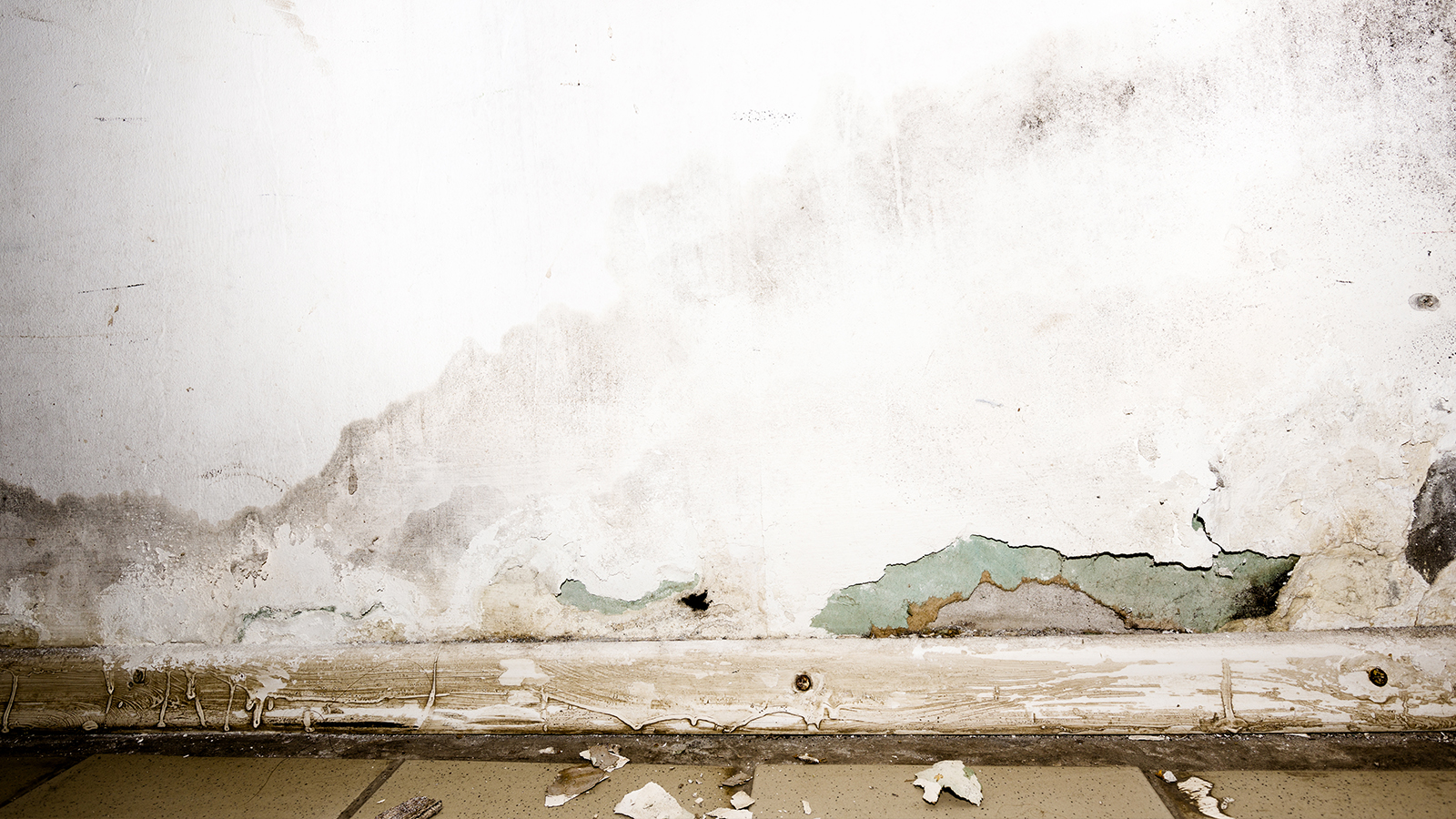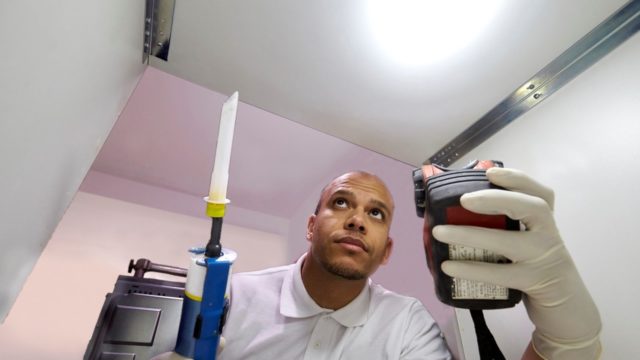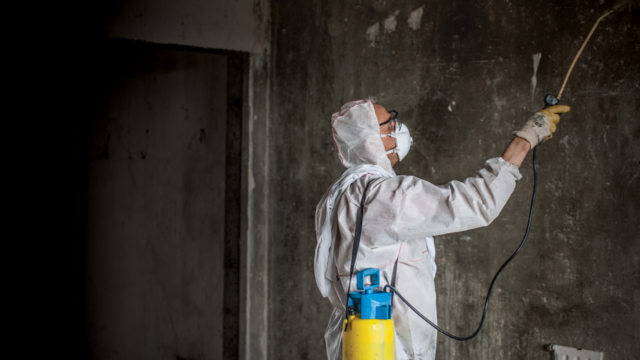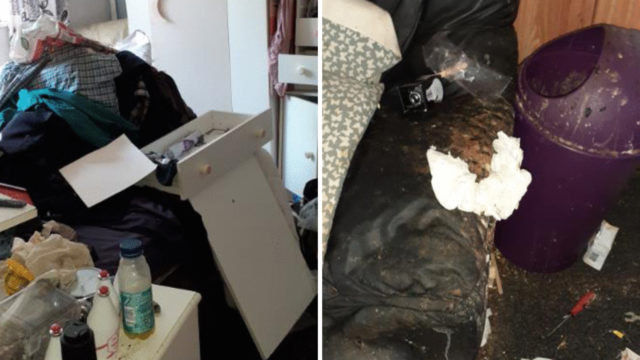Recovering from a flood can be an extremely troublesome time for any business. Not only will there likely be damaged items that need either repairing or replacing but there is the more imminent worry of the amount of downtime your company has during this unsettled period.
After flooding has occurred, whether as a result of flash floods or flooding over a longer period of time, you will no doubt be eager to get your business back to normal as quickly as possible. However, it is crucial that you take your time to carry out the cleaning up process as carefully and methodically as possible to save any reoccurring problems later on down the line.
One of the hazards of flood aftermath is the appearance of mould; mould thrives in a warm, damp environment, conditions typically found after flooding. However, if not treated as soon as it is discovered, mould can cause bigger and more serious problems, including threats to your health.
Mould infestation
If enough moisture is present in the air, mould will thrive and flourish as this is an ideal environment for it to live in.
Mould occurs in warm, wet conditions so rooms such as kitchens, bathrooms and utility rooms are prime hotspots for mould to grow. More specifically, common places where mould can be found include: walls, carpets, ceilings and basements. In addition to this, wood is a material that is susceptible to mould growth too.
Once an outbreak has happened, it can easily be transferred to another place. So if you do discover one patch of mould, be aware that you are likely to find another somewhere else.
Not only is mould unsightly to look at but it can cause more serious problems to your health. Respiratory problems are a common ailment found amongst those who are exposed to mould over a period of time. This can include anything from wheezing and coughing, to asthma attacks and throat and nose irritation.
What does it look like?
In order to identify if you have mould growing in your building, you need to know the tell-tale sounds of what it looks like so that you can act fast if you do happen to spot any.
Mould has a speckled appearance and can vary in colour e.g. white, orange, green, brown and black, but the different colours don’t actually reveal many differences as they all carry certain health risks.

Overtime, mould can give off a musty smell that can be quite pungent. The odour is one of the most noticeable signs that your premises may have mould, especially if it’s growing somewhere out of sight like behind wallpaper, so don’t ignore any nasty smells if they’ve been lingering for a while.
How can I get rid of it?
Here are a few helpful pointers to help you eliminate any mould.
-
First things first, you need to tackle the issue of the moisture. Pinpoint the source whereby the water is entering the room and rectify the problem.
-
Following this, any items that have been completely consumed in mould or have excessive growth on them should be thrown away i.e. rugs, cushions, carpets etc.
-
Filters within an air conditioning or heating system need to be changed. Failing this, call out a professional to take a look as the whole unit may need to be replaced.
-
Surfaces such as ceramic tiles, glass, metal or plastic will need to be thoroughly cleaned. Either bleach or a soap detergent should be used to wash walls, floors and any other contaminated areas.
Professional cleaners
For total peace of mind that your business is fully recovered from the flood damage it has incurred, it is always advisable to call on professional emergency cleaners, like the team at the SafeGroup. With state-of-the-art equipment and experienced, highly qualified staff, we can make sure your premises is no longer breaching health and safety laws and is safe to resume business as usual.





